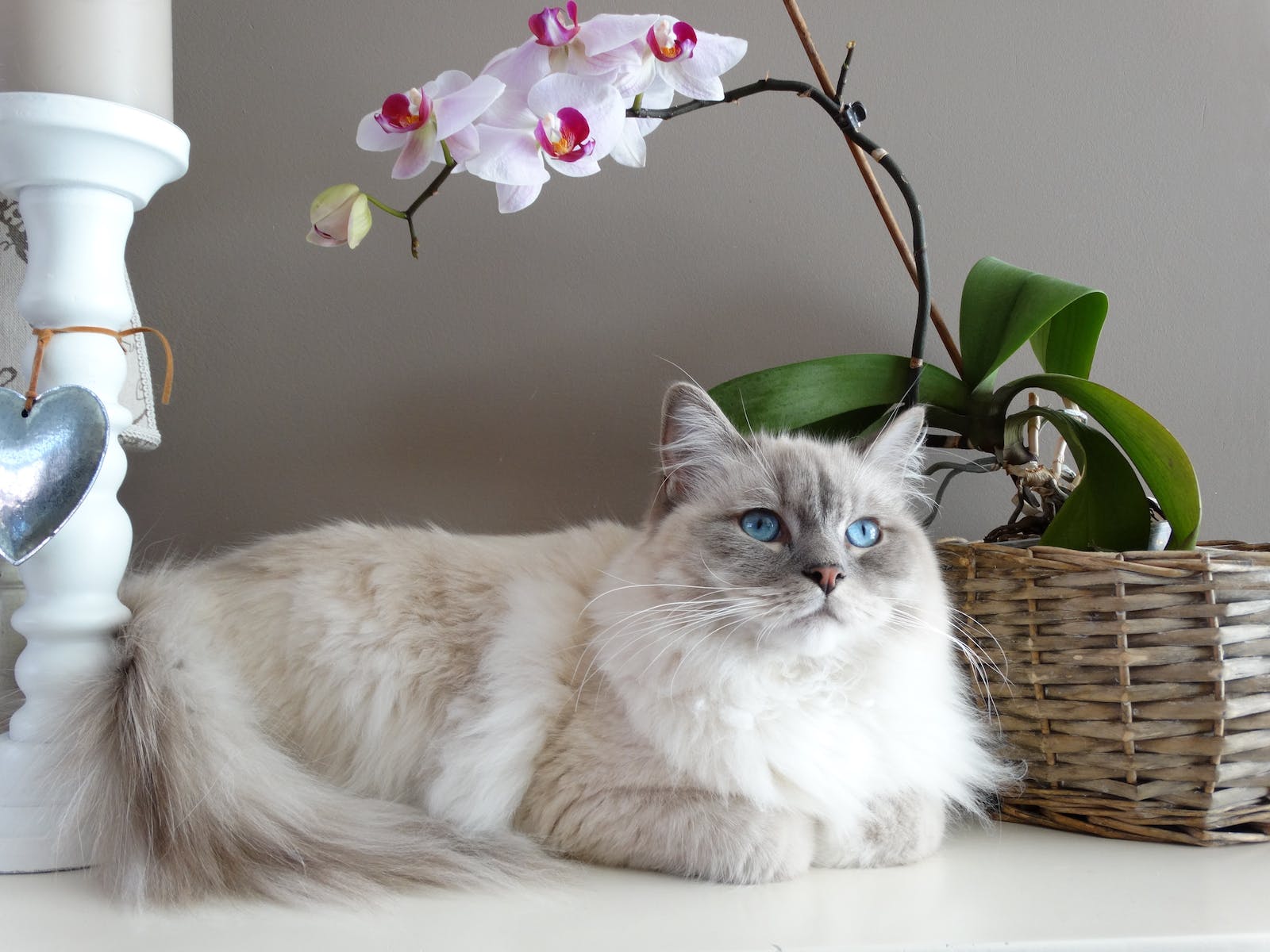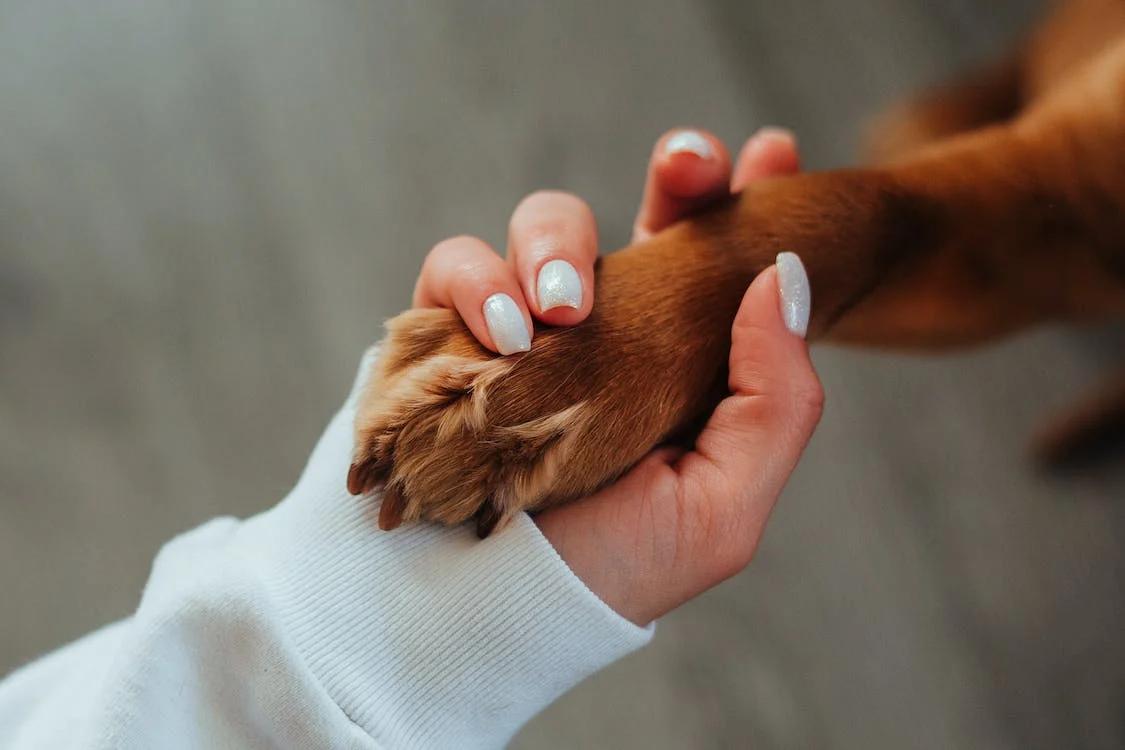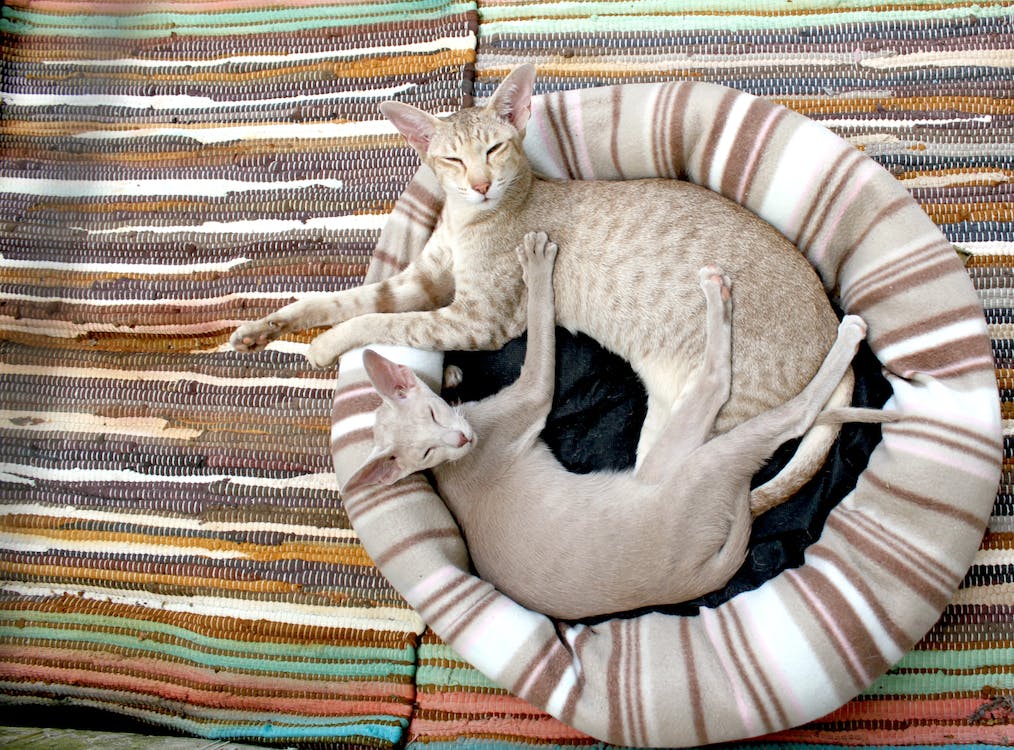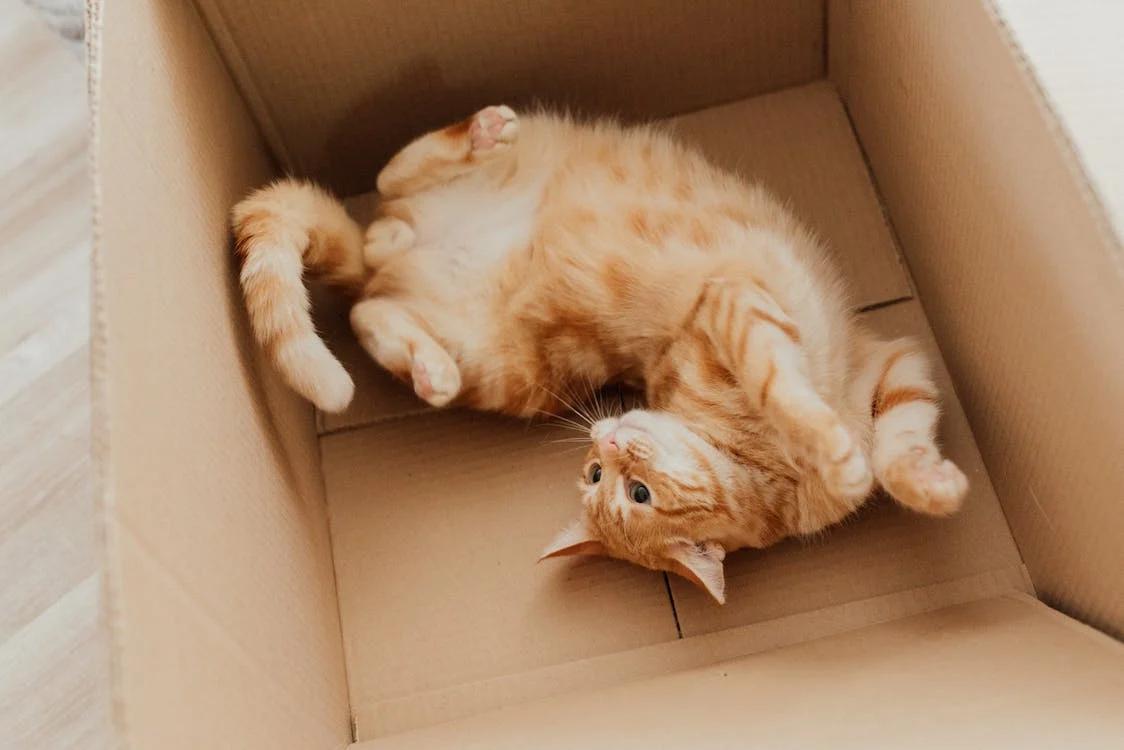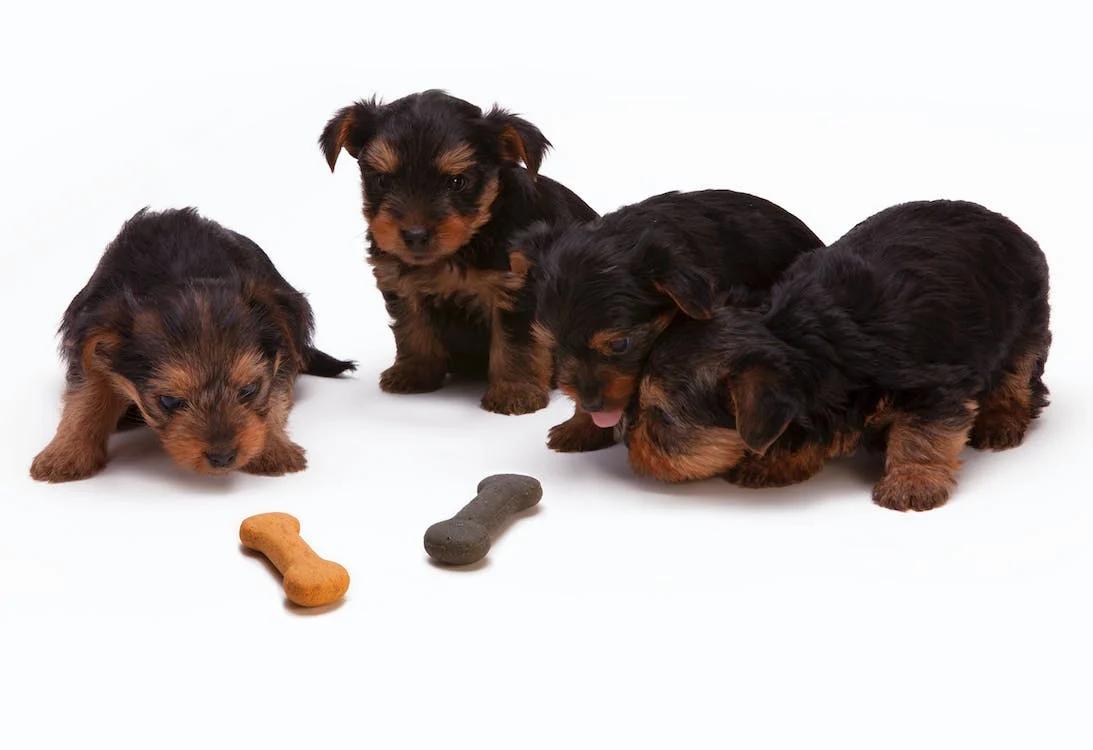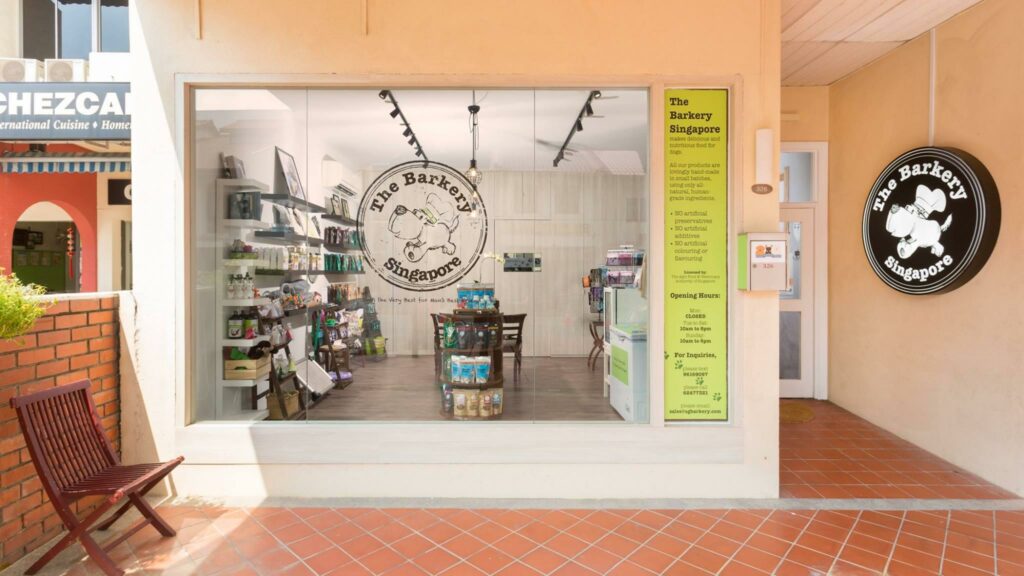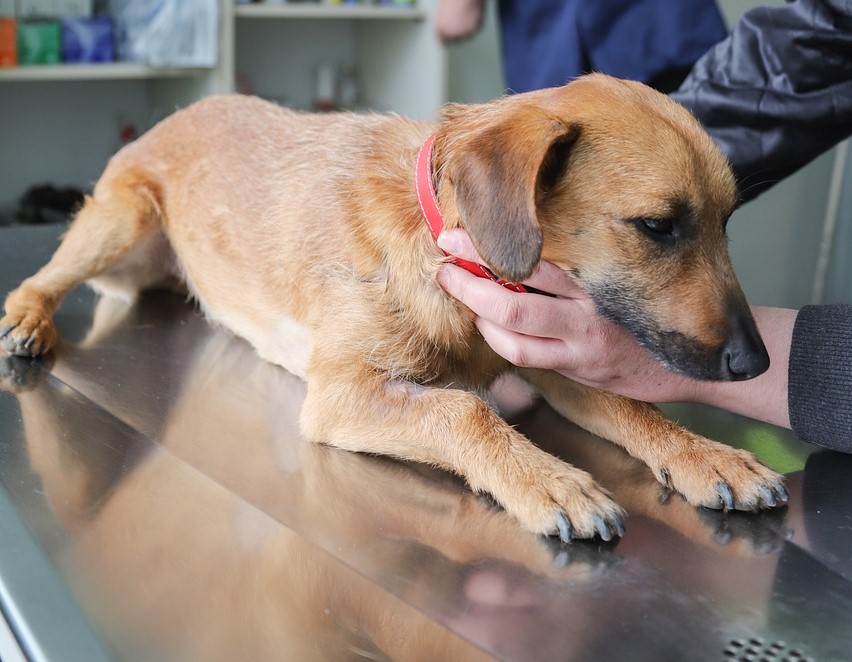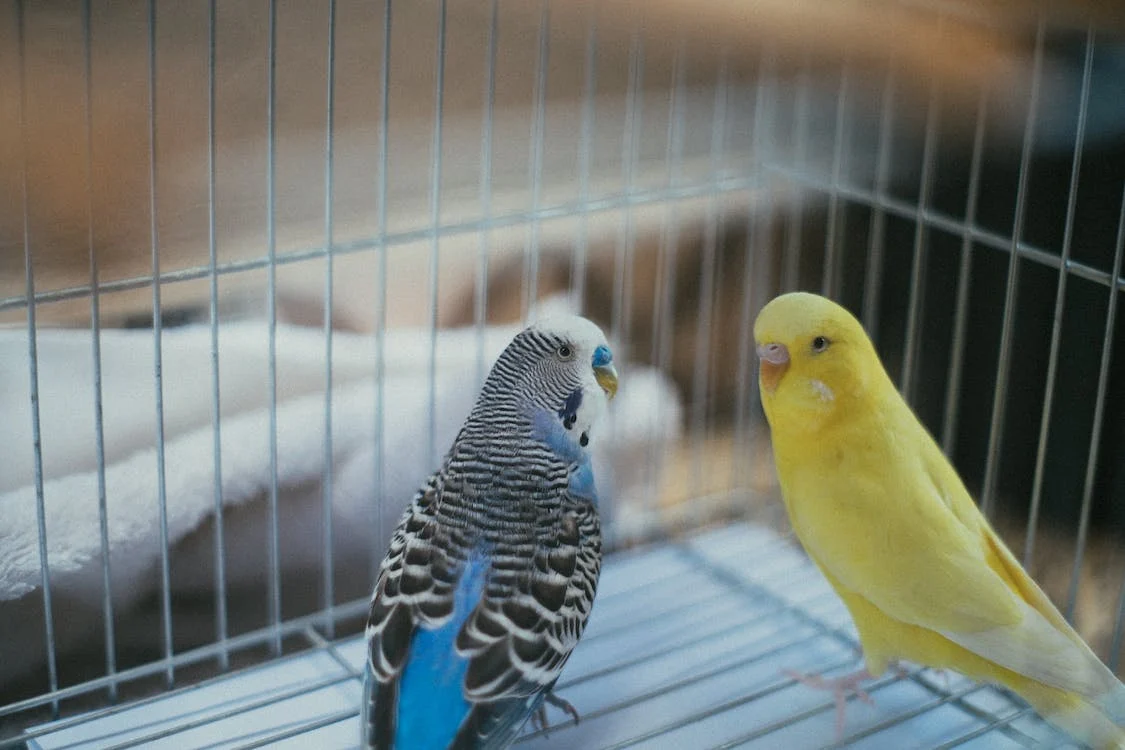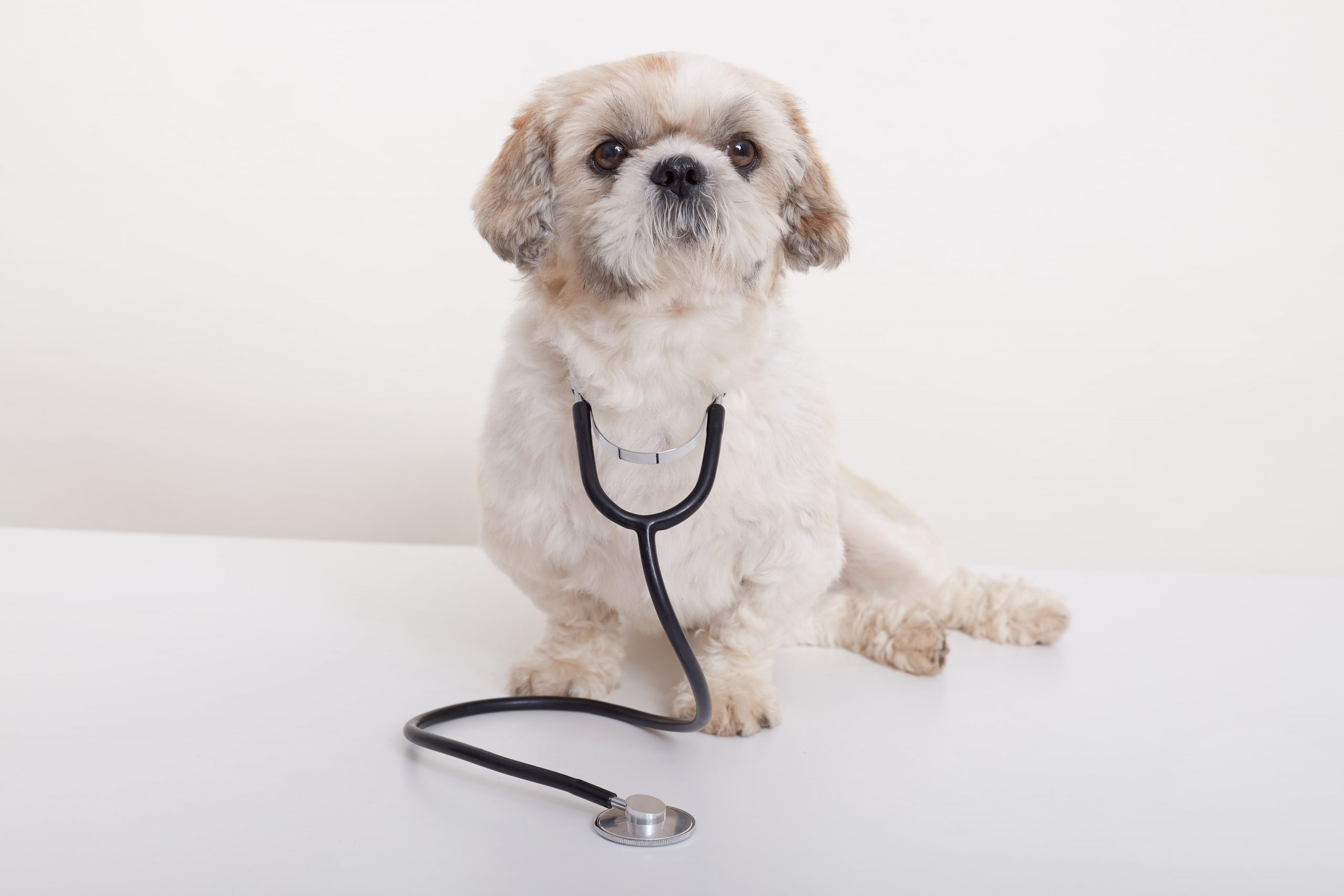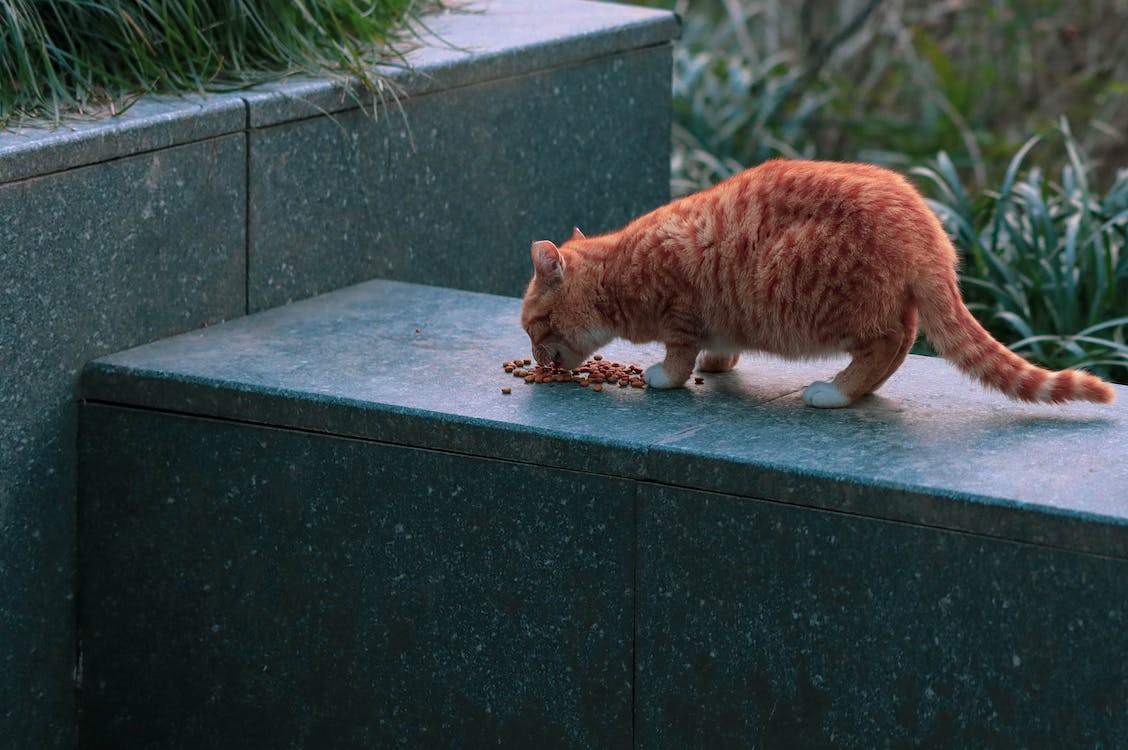
Welcome to the world of cat kibble, where the secrets to your feline friend’s health and happiness are waiting to be unlocked. As a cat owner, you know that choosing the right food for your furry companion is essential, but with so many options available, it can be overwhelming to navigate through the aisles of the pet store. That’s where we come in.
In this guide, we’ll delve into the fascinating world of cat kibble, exploring its composition, benefits, and potential pitfalls. From understanding the nutritional needs of your cat to decoding the mysterious jargon on pet food labels, we’ll equip you with the knowledge you need to make informed decisions about your cat’s diet. So, whether you’re a new cat parent or an experienced one looking to up your kibble game, get ready to uncover the secrets to nourishing your feline friend with the best possible food. Let’s dive in!
Understanding the Different Types of Cat Kibble
When it comes to cat kibble, there are several types to choose from. Each type has its own unique characteristics and benefits. It’s important to understand these differences so you can select the right kibble for your cat’s specific needs. Let’s take a closer look at the most common types of cat kibble.
Dry Kibble
Dry kibble, also known as dry cat food, is the most popular type of cat kibble. It is made by combining various ingredients and then baking or extruding them into small, bite-sized pieces. Dry kibble has a long shelf life and is convenient to store and serve. It also helps to promote dental health by reducing plaque and tartar build-up. However, it is important to note that some cats may have difficulty chewing dry kibble, especially as they age.
Semi-Moist Kibble
Semi-moist kibble is a type of cat food that has a higher moisture content than dry kibble but is not as moist as wet cat food. It typically comes in small, chewy pellets that are easier for cats to eat and digest. Semi-moist kibble is often more palatable to cats and can be a good option for picky eaters. However, it tends to have a shorter shelf life and may contain more artificial additives and preservatives compared to other types of cat kibble.
Grain-Free Kibble
Grain-free kibble is a type of cat food that does not contain any grains, such as wheat, corn, or soy. Instead, it is made with high-quality protein sources, such as chicken, fish, or turkey, along with other natural ingredients. Grain-free kibble is often recommended for cats with food allergies or sensitivities. It can also be a good option for cats that need to maintain a healthy weight, as it is typically lower in carbohydrates compared to regular kibble. However, it’s important to note that not all cats require a grain-free diet, and it’s always best to consult with your veterinarian before making any dietary changes.
The Benefits of Feeding Your Cat Kibble
Feeding your cat kibble can offer a range of benefits for both you and your feline friend. Let’s explore some of the advantages of including kibble in your cat’s diet.
Complete and Balanced Nutrition
High-quality cat kibble is formulated to provide the essential nutrients your cat needs to thrive. It contains a balanced blend of proteins, fats, carbohydrates, vitamins, and minerals, which are all vital for your cat’s overall health and wellbeing. By feeding your cat a diet that is complete and balanced, you can help ensure that they are receiving all the necessary nutrients to support their immune system, maintain a healthy weight, and promote optimal organ function.
Dental Health
Dry kibble has a crunchy texture that can help to clean your cat’s teeth and gums as they chew. The mechanical action of biting into the kibble can help remove plaque and tartar build-up, reducing the risk of dental diseases such as gingivitis and periodontal disease. However, it’s important to note that while dry kibble can contribute to good dental health, it should not be the sole method of dental care for your cat. Regular brushing and annual dental check-ups with your veterinarian are still essential.
Convenience
One of the main advantages of feeding your kibble is the convenience it offers. Dry kibble has a long shelf life and can be easily stored and served. It doesn’t require refrigeration and can be left out for your cat to graze on throughout the day. This can be particularly beneficial for cat owners who have busy schedules or for cats that prefer to eat small, frequent meals. Additionally, kibble is easy to measure and can help you keep track of your cat’s portion sizes, making it easier to manage their weight.
Common Misconceptions About Cat Kibble
Despite the many benefits of feeding your cat kibble, there are some common misconceptions that can lead to confusion. Let’s debunk a few of these myths and set the record straight.
“All Kibble is the Same”
This is a common misconception that can lead cat owners to believe that all kibble is created equal. In reality, there can be significant differences in the quality and nutritional value of different brands and types of kibble. It’s important to read and understand the ingredient list and guaranteed analysis on the pet food label to ensure you are selecting a high-quality product that meets your cat’s specific needs.
“Kibble is Not Natural”
While it’s true that kibble is a processed form of cat food, that doesn’t mean it is inherently unnatural or unhealthy. Many reputable pet food manufacturers use high-quality ingredients and employ strict quality control measures to ensure the safety and nutritional adequacy of their products. Additionally, kibble can provide a convenient and practical option for cat owners, allowing them to meet their cat’s nutritional needs without sacrificing convenience or affordability.
“Cats Should Only Eat Wet Food”
While wet food can have its own benefits, such as higher moisture content and increased palatability, it is not the only option for feeding your cat. As mentioned earlier, high-quality cat kibble can provide complete and balanced nutrition, promote dental health, and offer convenience. The key is to find the right balance that works for your cat’s individual needs and preferences.
Choosing the Right Cat Kibble for Your Cat’s Needs
Now that you have a better understanding of the different types of cat kibble and their benefits, it’s time to choose the right kibble for your cat’s specific needs. Here are some factors to consider when making your selection.
Age
The nutritional needs of cats can vary depending on their age. Kittens require a diet that is rich in protein and calories to support their growth and development, while adult cats have different requirements to maintain their health. Senior cats may benefit from a diet that supports joint health and contains less fat to prevent weight gain. Look for kibble that is specifically formulated for your cat’s life stage.
Health Conditions
If your cat has any specific health conditions, such as allergies, urinary tract issues, or weight management needs, it may be necessary to choose a specialized kibble that addresses these concerns. Consult with your veterinarian to determine if a prescription diet or a specific formulation is necessary for your cat’s health.
Ingredient Quality
When evaluating cat kibble options, pay close attention to the quality of the ingredients. Look for whole food sources of protein, such as chicken or fish, as well as nutrient-rich fruits and vegetables. Avoid kibble that contains fillers, artificial additives, and excessive amounts of carbohydrates.
By considering these factors and doing your research, you can select a high-quality cat kibble that meets your cat’s specific nutritional needs and preferences.
How to Transition Your Cat to a New Kibble Brand
Switching your cat to a new kibble brand requires a gradual transition to avoid digestive upset. Here’s a step-by-step guide on how to transition your cat to a new kibble brand successfully.
- Start Slowly: Begin by mixing a small amount of the new kibble with your cat’s current kibble. Start with a ratio of 25% new kibble to 75% current kibble. Gradually increase the amount of new kibble over the course of 7-10 days.
- Monitor Your Cat’s Reaction: Keep a close eye on your cat during the transition period. Look for any signs of digestive upset, such as vomiting, diarrhoea, or decreased appetite. If you notice any adverse reactions, slow down the transition process and give your cat more time to adjust.
- Stick to a Schedule: Feed your cat at regular intervals and avoid free-feeding during the transition period. This will help regulate your cat’s digestion and make it easier to monitor their appetite and overall well-being.
- Be Patient: It’s important to remember that every cat is unique, and some may take longer to adjust to a new kibble brand than others. Be patient and give your cat the time they need to adapt to the new food.
By following these steps and being mindful of your cat’s individual needs, you can successfully transition them to a new kibble brand without causing any unnecessary stress or digestive issues.
Reading and Understanding Cat Kibble Labels
Decoding the information on cat kibble labels can be a daunting task. However, understanding the key components can help you make informed decisions about the food you choose for your cat. Here are some important things to look for when reading cat kibble labels.
Ingredient List
The ingredient list provides valuable information about the quality and composition of the kibble. Look for high-quality protein sources, such as chicken, fish, or turkey, listed as the first ingredients. Avoid kibble that contains fillers, by-products, or artificial additives.
Guaranteed Analysis
The guaranteed analysis section lists the minimum and maximum amounts of protein, fat, fibre, and moisture in the kibble. This information can give you an idea of the nutritional profile and suitability of the food for your cat’s needs. Keep in mind that these values are reported on an “as-fed” basis, so it’s important to consider the moisture content when comparing different kibble brands.
AAFCO Statement
The AAFCO (Association of American Feed Control Officials) statement indicates whether the kibble meets the minimum nutritional requirements established by the organization. Look for a statement that says the kibble is “complete and balanced” for a specific life stage, such as “for growth” or “for adult maintenance”.
By paying attention to these key components, you can gain valuable insights into the quality and nutritional adequacy of the cat kibble you choose for your furry friend.
The Importance of Proper Storage and Handling of Cat Kibble
Proper storage and handling of cat kibble are essential to maintain its freshness and nutritional integrity. Here are some tips to ensure you are storing and handling your cat’s kibble correctly.
Store in a Cool, Dry Place
Cat kibble should be stored in a cool, dry place to prevent moisture absorption and the growth of mould or bacteria. Avoid storing kibble in areas exposed to direct sunlight or high humidity, such as near windows or in the bathroom.
Seal the Bag Properly
After each use, make sure to seal the bag tightly to prevent air exposure and moisture infiltration. Consider using airtight containers or resealable bags to maintain the freshness of the kibble.
Check for Expiration Dates
Before purchasing a bag of cat kibble, check the expiration date to ensure it is still within its shelf life. Using expired kibble can compromise its quality and nutritional value.
Avoid Bulk Buying
While buying in bulk may seem cost-effective, it’s important to consider the shelf life of the kibble. Purchasing a large quantity that exceeds your cat’s consumption rate can lead to stale or spoiled kibble. It’s best to buy smaller quantities that can be consumed within a reasonable timeframe.
Homemade vs. Store-Bought Cat Kibble: Pros and Cons
The debate between homemade and store-bought cat kibble has been a topic of discussion among cat owners. Both options have their pros and cons, and it’s important to weigh them carefully to make an informed decision for your cat’s diet.
Homemade Cat Kibble
Pros:
- Control over ingredients: Making homemade cat kibble allows you to have full control over the ingredients used, ensuring that your cat is getting a diet tailored to their specific needs and preferences.
- Transparency: With homemade kibble, you know exactly what goes into your cat’s food, which can be reassuring for those concerned about the quality and sourcing of commercial kibble.
- Variety: Homemade kibble offers the opportunity to introduce a wider variety of ingredients and flavours into your cat’s diet, which can be beneficial for cats with specific dietary requirements or picky eaters.
Cons:
- Nutritional balance: Formulating a nutritionally balanced homemade cat kibble requires thorough research and understanding of feline nutritional needs. It can be challenging to ensure that your cat is getting all the necessary nutrients in the right proportions.
- Time-consuming: Preparing homemade cat kibble can be time-consuming, especially if you are making large batches in advance. It requires careful planning, sourcing ingredients, and following recipes.
- Expense: Homemade cat kibble can be more expensive than store-bought options, especially when considering the cost of high-quality ingredients and the time spent preparing the food.
Store-Bought Cat Kibble
Pros:
- Convenience: Store-bought cat kibble offers a convenient and time-saving solution for cat owners. It is readily available, requires no preparation, and can be easily stored and served.
- Nutritional expertise: Reputable pet food manufacturers have the experience and knowledge to formulate kibble that is able to provide your cat with all the essential nutrients they will need.
- Ease of use: Store-bought kibble does not require any preparation, and can be served directly to the cat.
- Shelf life: Store-bought kibble generally has a longer shelf life compared to homemade kibble.
Cons:
- Ingredients: Some brands might contain low-quality ingredients, fillers and artificial additives.
- Processing: The processing methods used to make the kibble can destroy some of its nutritional value.
- Allergies and sensitivities: Cats with allergies and sensitivities might not find suitable options among store-bought brands.
Conclusion
In the world of cat kibble, the choice boils down to finding the perfect balance between convenience and tailored nutrition. Store-bought options offer ease and expert formulation, while homemade alternatives grant control and customization. Whichever route you take, ensuring your feline friend’s health and happiness is the ultimate goal. So, whether you’re scooping from a bag or crafting in your kitchen, a well-nourished and content cat is the true testament to your commitment as a caring and responsible pet owner.


































